In August, Lockheed Martin finished 17 years of upgrades to the Air Force’s C-5M Super Galaxy, delivering the 52nd aircraft to the service under the Reliability and Re-engineering Program, which began in 2001.
At 65 feet tall, 247 feet long, and with a wingspan of 223 feet, the C-5 is the largest transport plane in use by the U.S. Air Force.
It can haul 120,000 pounds of cargo more than 5,500 miles — the distance from Dover Air Force Base in Delaware to Incirlik Air Base in Turkey — without refueling. Without cargo, that range is more than 8,000 miles.
RELATED
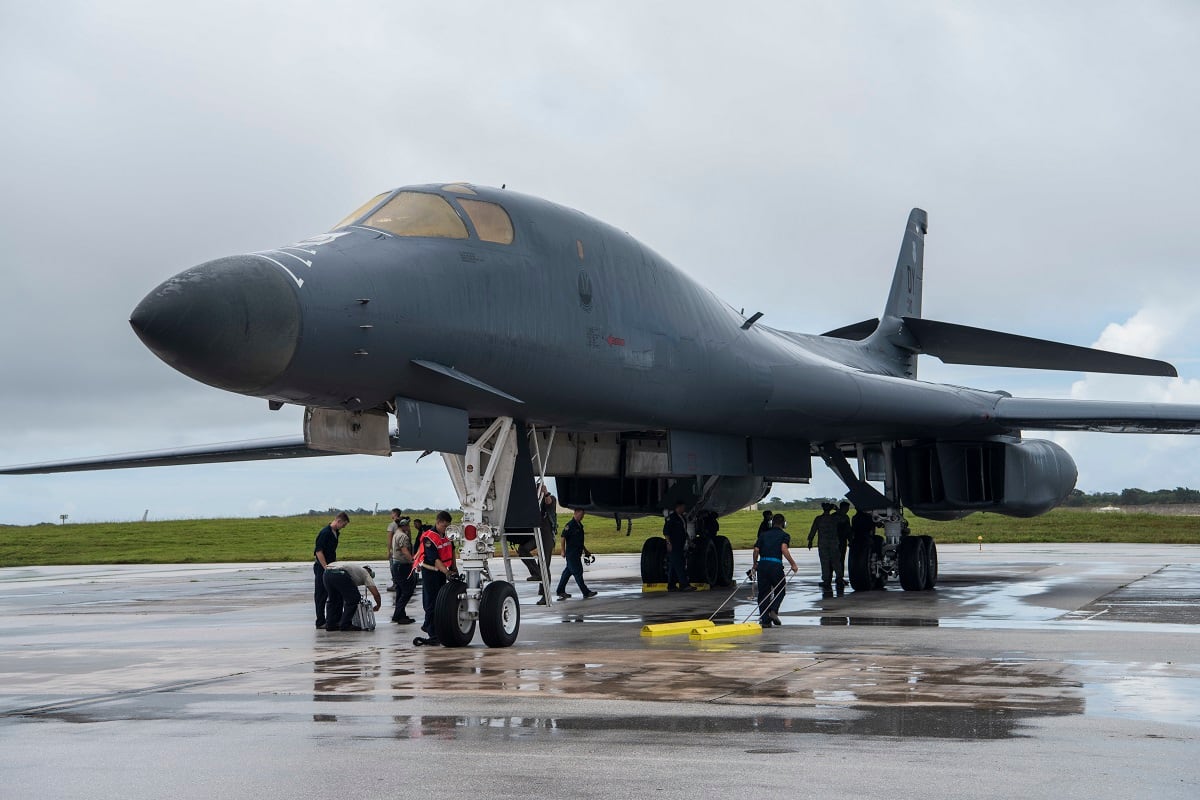
The upgrade program involved 70 modifications to improve the plane’s reliability, efficiency, maintainability and availability. Among them were changes to the airframe; to its environmental, pneumatic, and hydraulic systems; and to the landing gear and flight controls.
The main addition was more powerful engines— an upgrade from four General Electric TF-39 engines to GE F-138 engines, which are quieter and will allow the Super Galaxy to haul more cargo with less room needed for takeoff.

All together, RERP upgrades yielded "a 22 percent increase in thrust, a shorter takeoff roll; [and] a 58 percent improvement in climb rate," according to a Lockheed release, which said the modifications also gave the C-5M greater fuel efficiency and reduced its need for tanker support.
Those upgrades extend the Super Galaxy’s service life into the 2040s. But they didn’t make the Air Force’s largest plane any more comfortable to fly. So the 105th Airlift Wing of the New York Air National Guard took over.
"You know, the big Air Force is spending millions and millions of dollars — new engines, avionics upgrades, all that kind of stuff — but then, at the end of the day, it looked like something that would be … on a used-car lot,” Capt. Paul Gonzalez, the officer-in-charge of the C-5M refurbishment program team at Stewart Air National Guard Base in Newburgh, New York, told Air Force Magazine.
Gonzalez said his team overhauled the C-5Ms' interiors, re-doing many of the features that make using the aircraft bearable for the crews who fly them.
They revamped or replaced interior panels, cleaned up crew and passenger seating, and added decals, according to Air Force Magazine. They also reapplied non-skid materials to the cargo area for safety purposes.
Each aircraft required 40 days of work. These weren't just cosmetic changes, however.
“Even if you have the brand-new interior of a house, if the outside’s falling apart, you’re still not gonna feel comfortable in that house,” Master Sgt. Sara Pastorello, the 105th’s public affairs superintendent, told Air Force Magazine.
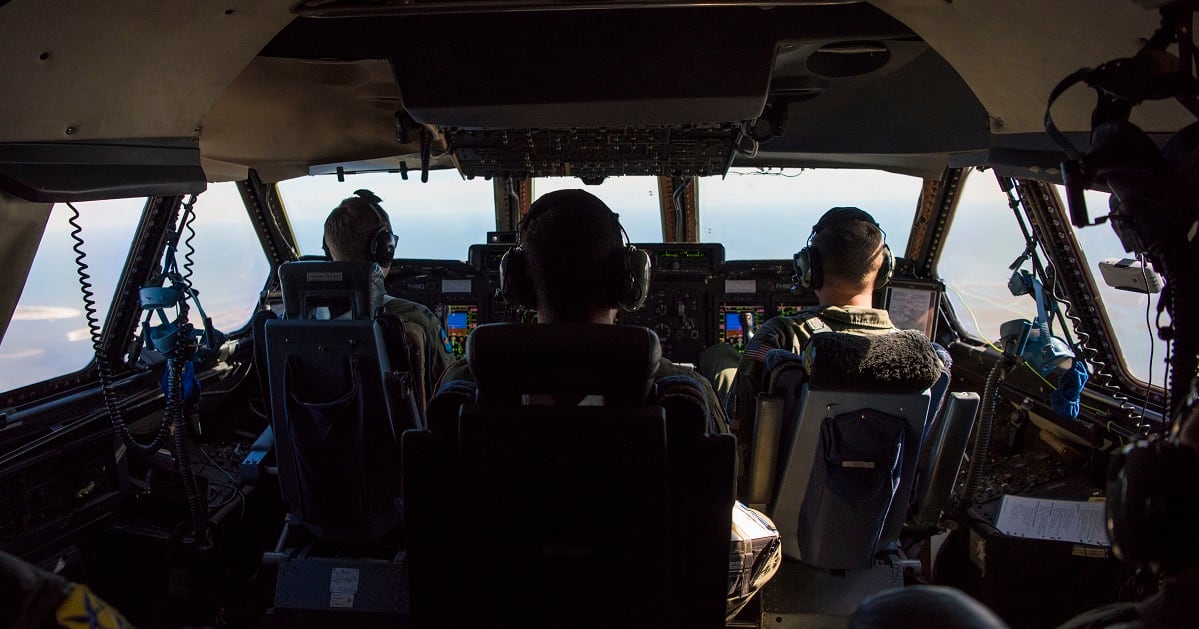
The team at Stewart pursued the refurbishment project after they learned some 200 maintainer jobs would be lost as the base switched from handling C-5s to C-17s. The project wrapped up in October, after eight years, refurbishing 49 of the 52 upgraded C-5Ms and saving the Air Force $45.5 million.
‘The next discussion'
The C-5 modernization push began in 1998. The first upgraded one was delivered in 2009 and the final arrived earlier this year — two decades later. But now the Air Force is planning more changes for its airlift fleet.
In September, the service detailed its goal to build the "Air Force We Need" by adding another 74 squadrons by 2030, bringing the total to 386 squadrons. The proposal called for 14 more tanker squadrons and one additional airlift squadron.
Air Mobility Command chief Gen. Maryanne Miller said at the end of October that analysis in the plan supported the addition of three new C-17 Globemaster III squadrons and the elimination of two C-130J Hercules squadrons.
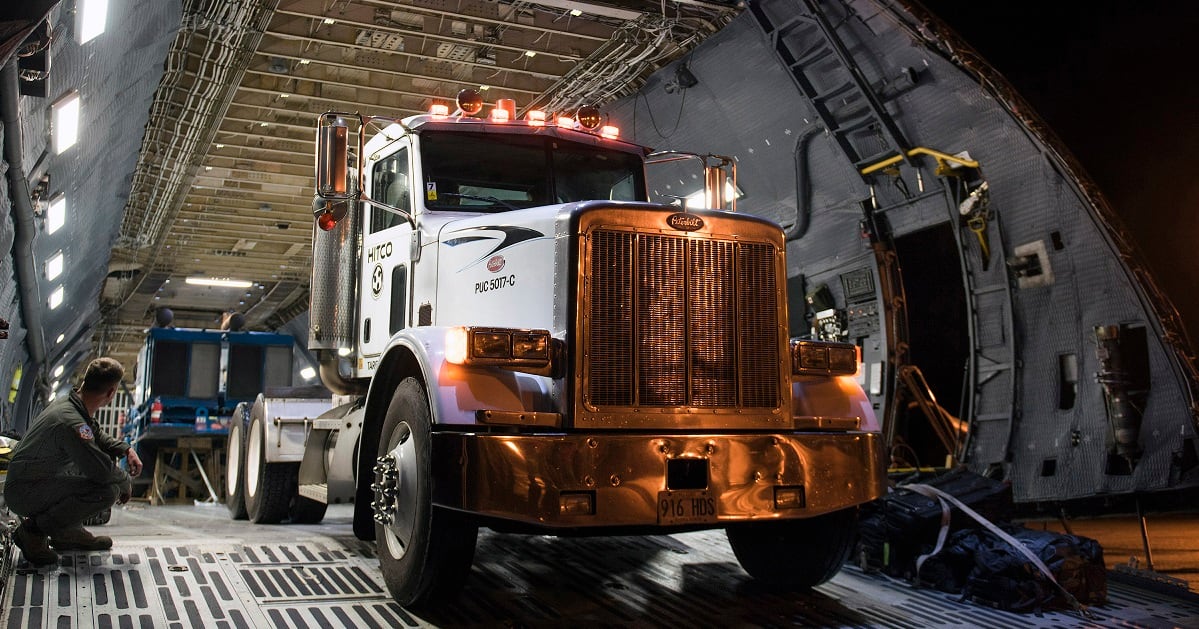
The Air Force is in the process of returning to service eight C-5Ms put in reserve due to the sequester, but those will go to existing squadrons rather than to starting new ones.
Dozens of older C-5s were retired earlier this decade, but there are no plans to pull them out of the boneyard — where the Air Force previously got parts to repair other C-5s— and upgrade them to augment the airlift fleet.
Air Force studies found that the newer C-17, a strategic airlifter, is in higher demand than the much older C-130, a tactical aircraft put to use in transport, airborne assault, search and rescue, aerial refueling and other roles.
The rejiggering described by Miller, first reported by Defense News, a sister publication of Air Force Times, would give the service 54 airlift squadrons — one more than it has now.
RELATED
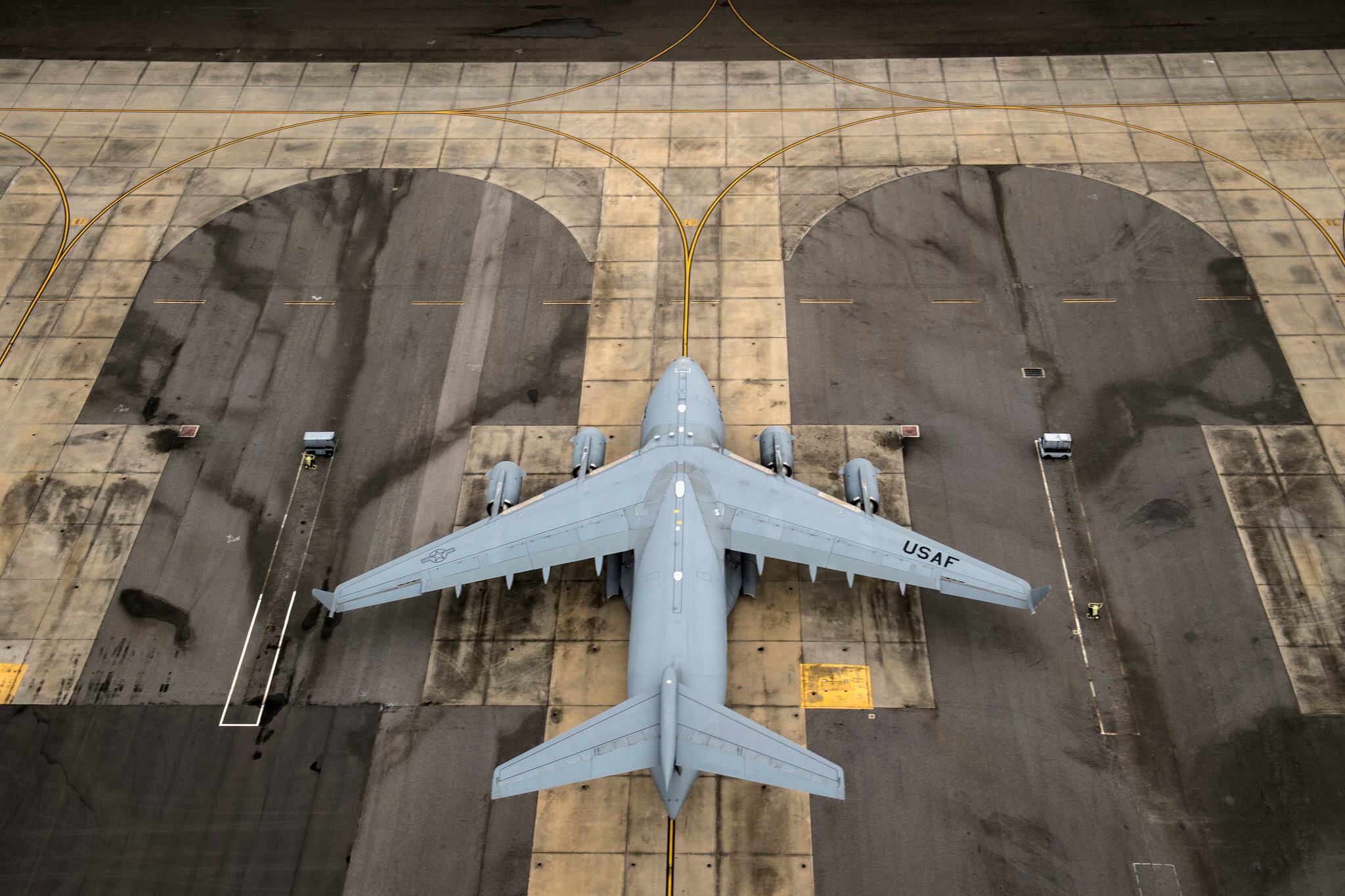
But there's always a catch. The C-17 production line run by Boeing in Long Beach, California, has been shut down. The firm produced its last Globemaster in 2015, according to Defense News.
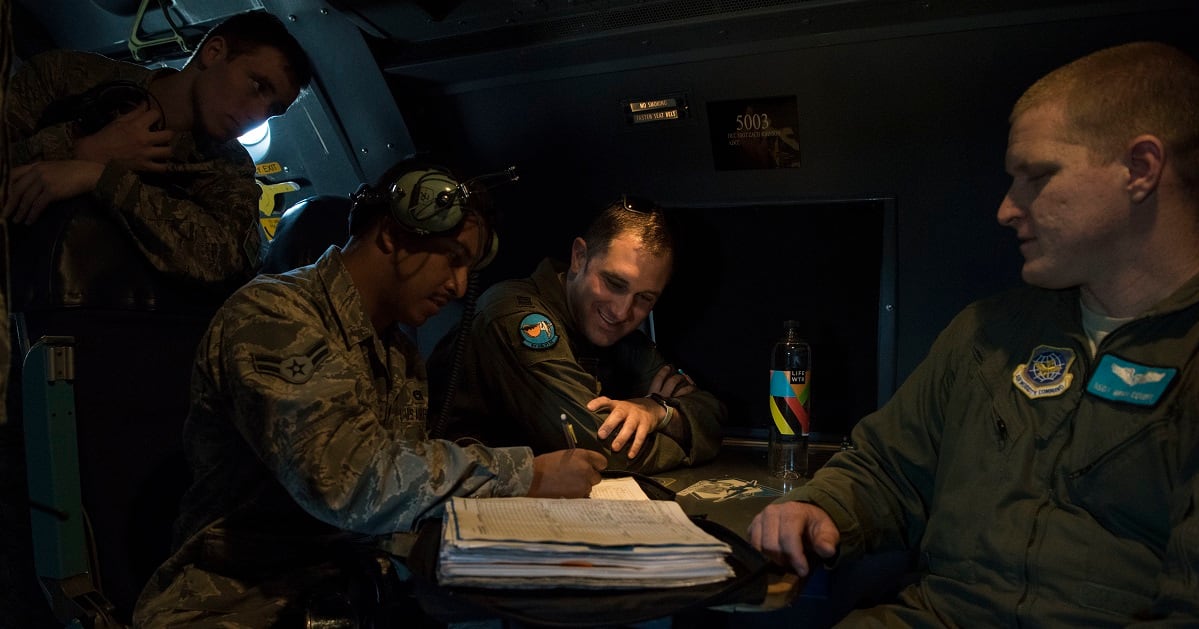
Restarting it would be an expensive proposition, and Miller said it’s one the service has not discussed with Boeing, stressing that discussions of the airlift fleet’s future composition will also be shaped by a study that is underway.
“Those are the details that we have not looked at,” Miller said of restarting the production line. “That will be the next discussion as we proceed, talking with Congress and working with Congress, because the same would apply for the tanker fleet. An additional 14 squadrons by 2030 — what would be the path to get there?”
MORE FROM BUSINESS INSIDER
♦ This dramatic video shows China’s answer to America’s top combat drone blowing things to bits





